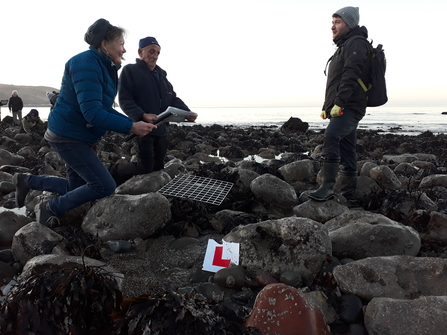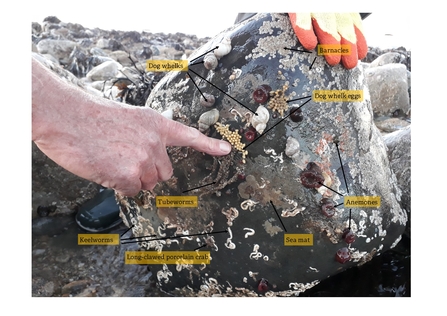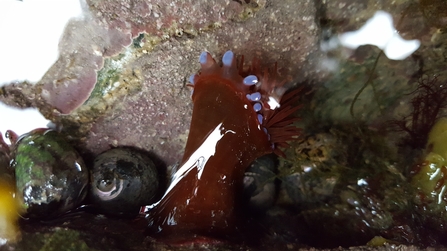We’re into 2022 and kicked off the New Year with some early Shoresearches at Llanddulas and Trearddur Bay before inviting some newcomers to help us carry out surveys by way of the have-a-go sessions at North Shore, Llandudno (Creigiau Rhiwledyn/Little Orme SSSI), Rhosneigr (Rhosneigr Reefs SSSI) and Porth Meudwy (Glannau Aberdaron SSSI). Plenty of takers and hopefully many are keen to join in with our regular surveys and their own to make their way through the Level 1 Shoresearch Cymru training.
Welcome and thank you to those established Shoresearch volunteers who came to help show everyone the ropes. It was very much appreciated.
Surveys completed: walkover area 149m2; number of quadrats 19
Number of volunteers: 7, have-a-go participants 20












